.png)
Oct 02•6 min read
5 Asian American activists creating a safe space for a promising future
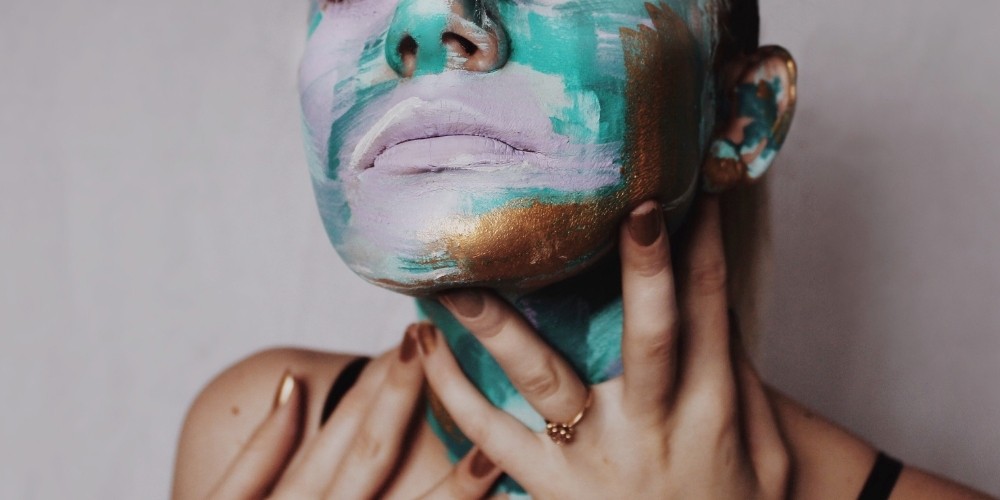
In early 2021, “Asian American activists” was not yet a popular topic on social media. Related information was very limited and most of them were outdated. This reality, however, has drastically changed over the past six months.
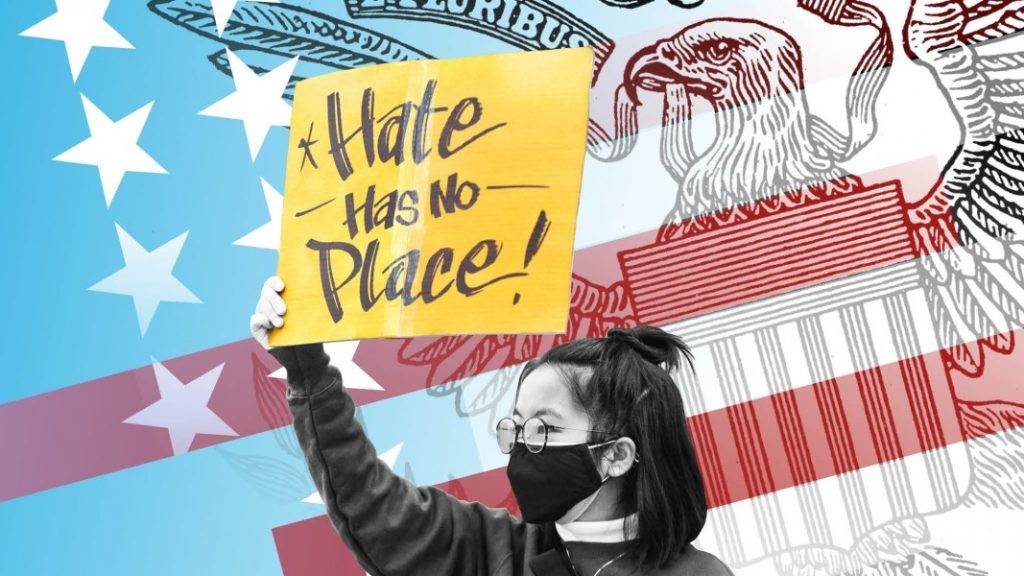
As the “Stop Asian Hate” rally took over the city landscape, a new cultural dynamic also appeared. Asian activists and alike started to actively speak up for their communities. The rising awareness of racial justice among the Asian American community brings the presence of existing activists in the limelight and inspires the births of new generations of activists.
Here we have five Asian American activists who are active in New York that we think you should check out.
1. Ashlyn So takes her activism to the NYFW runway
Thirteen-year-old teen fashion designer Ashlyn So calls herself an accidental activist. Her activism has started since the COVID-19 outbreak and the ongoing racism against the AAPI community intensified by the pandemic.
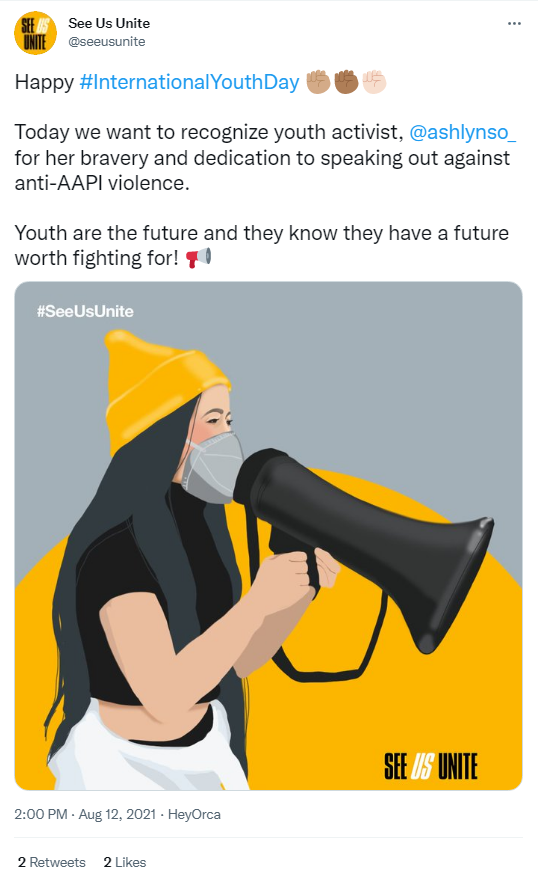
During the pandemic, Ashlyn sewed 1,000 face masks for frontline workers. Her kind efforts earned her the People’s Hero Award at the E! People’s Choice Award in 2020.
At the beginning of this year, Ashlyn realized that Asian elders have been being bullied, attacked, and killed across the States.
To help prevent anti-Asian violence, Ashlyn initiated two rallies to Stop AAPI Hate and #standforasians. Besides fighting for justice within her own community, she also set up a rally that united the black and Asian communities. This #unitedinlove rally aimed to bring understandings amongst different races and promote diversity and inclusion within our society.
Although originally from San Francisco, Ashlyn’s influence has expanded to the East Coast. During the 2021 NY Fashion Week, the young designer combined creativity and activism and took the runway of NYFW by storm.
.png)
As the youngest Asian American designer at NYFW, Ashlyn presented to the world her vision of chic styles for women and teenage girls. But most importantly, by incorporating the ‘Stop Asian Hate’ movement into her show and campaign, she reclaimed her identity and stood with her community.
2. Oscar Yi Hou paints a new world of hope
New York-based English painter Oscar Yi Hou explores the concepts of language, queerness, and cultural identity through his work. As a mostly self-taught artist, Yi Hou learned to paint through copying paintings by Lucian Freud or Vincent Van Gogh.
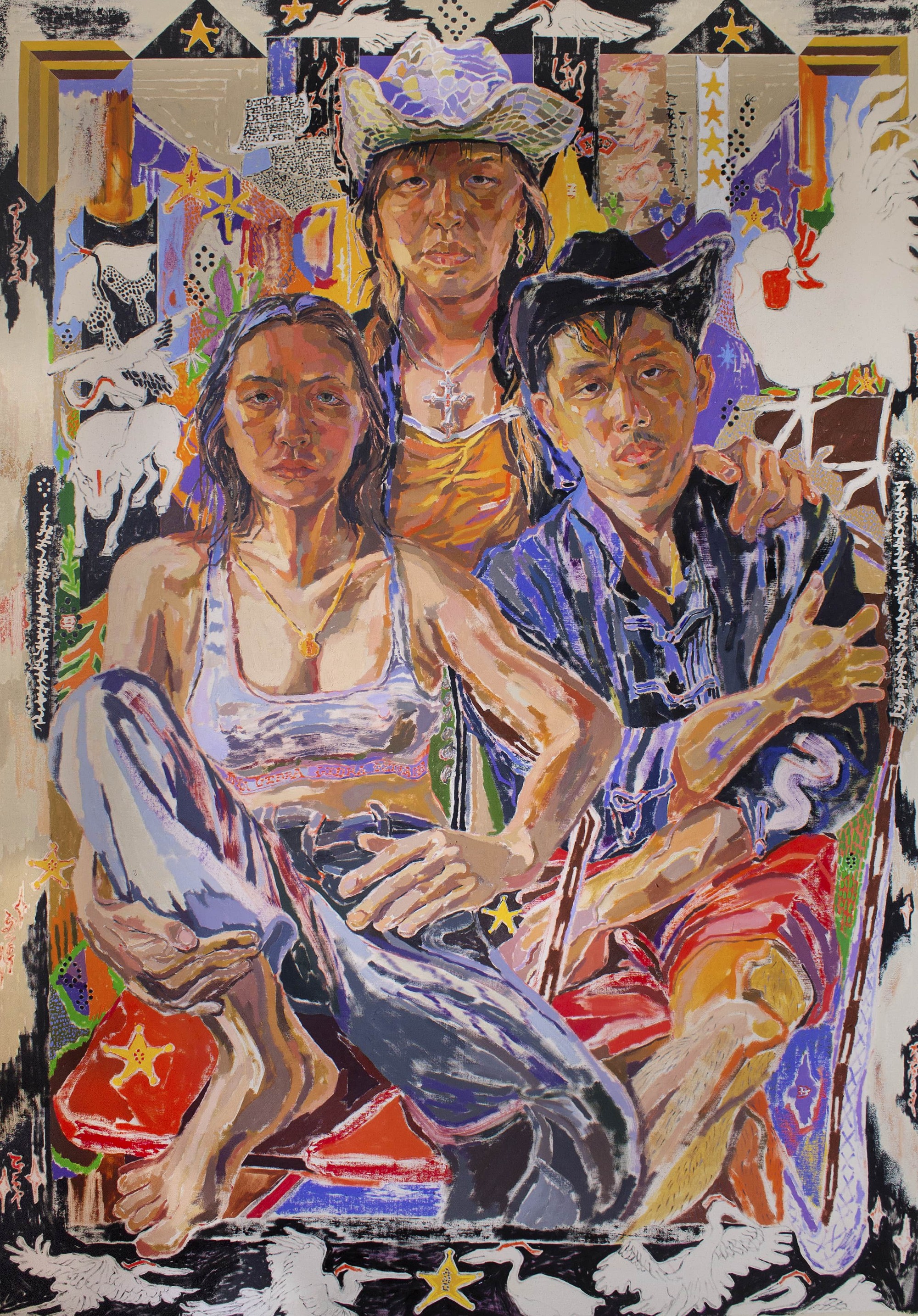
“Inquiries into language, yellowness, cultural signification, relation, queerness— these all flowered over the past few years as I read more and more and learned more about the world and my position within it.” - Oscar Yi Hou, Art of Choice.
Personhood, manifested with shape, form, and color, is an important theme that the artist depicts in his work. The representation of the Asian race, additionally, is frequently asked and reinterpreted.
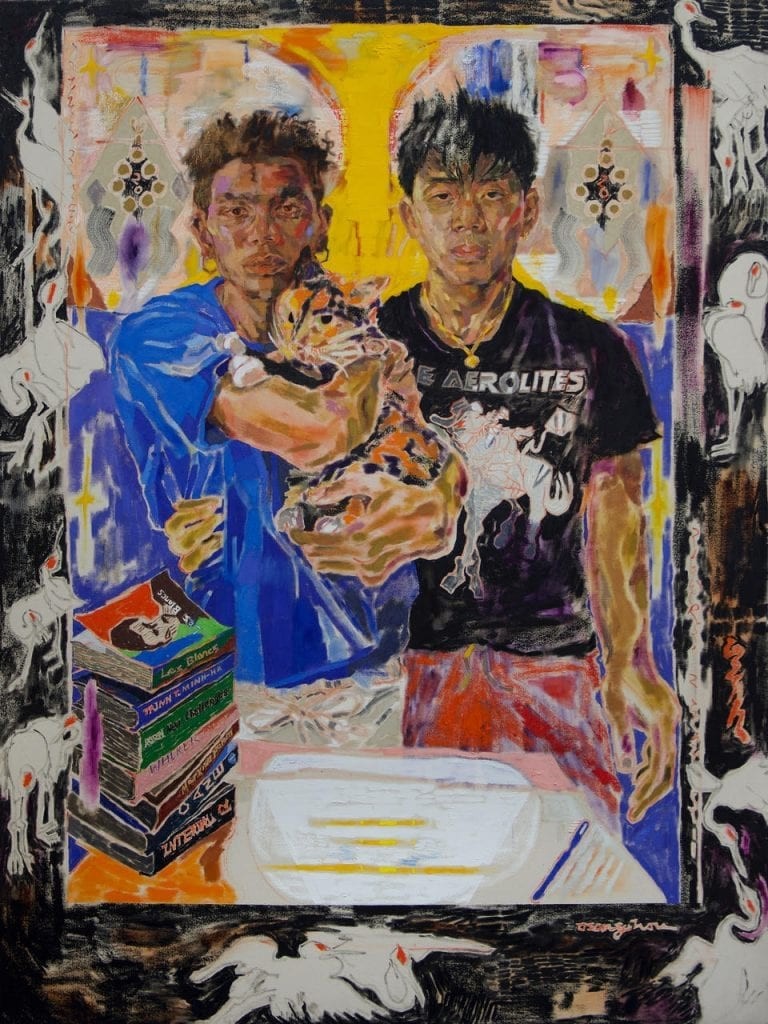
Yi Hou discusses ethnicity whose presence is oppressed, consumed, and made transparent in the American society. His vibrant use of colors gives his figures their voices, stories, and identities.
The artist rejects the traditional stifling definitions of the minority races and cultures through his artistic activism.
3. Maia Cruz Palileo sets the paletone for Asian American activists
Chicago native Maia Cruz Palileo is a multi-disciplinary artist based in Brooklyn, NY. Hailing from a Filipino immigrant family, migration, familial oral history, and colonial documents have always been essential elements that Palileo portrays in her work.
“Palileo’s scenes, rendered in broad and loose brushstrokes, imagine Manila as her ancestors would have experienced it and parallel the fragmentary nature of memory to present an alternative history.” - Harley Wong, Artsy.
The artist creates a world that exists between reality and imagination, in which she preserves her memory of home. She paints her scenes with rich and vibrant colors.
She recasts the images of her ancestors into strong figures that are free from the heaviness of the anthropological colonial gaze.

“You have to make what you want to see,” as Palileo says in a short film made by filmmaker Ligaiya Romero. It’s not that she has to learn about her ancestral history, she wants to know where she comes from.
Her paintings, therefore, are the agency that connects herself and her heritage. Through painting the important familial figures, she reconstructs the absent Filipino identity that is often rendered absent in the American context.
4. Pranjal Jain is using social media to revolutionize representation
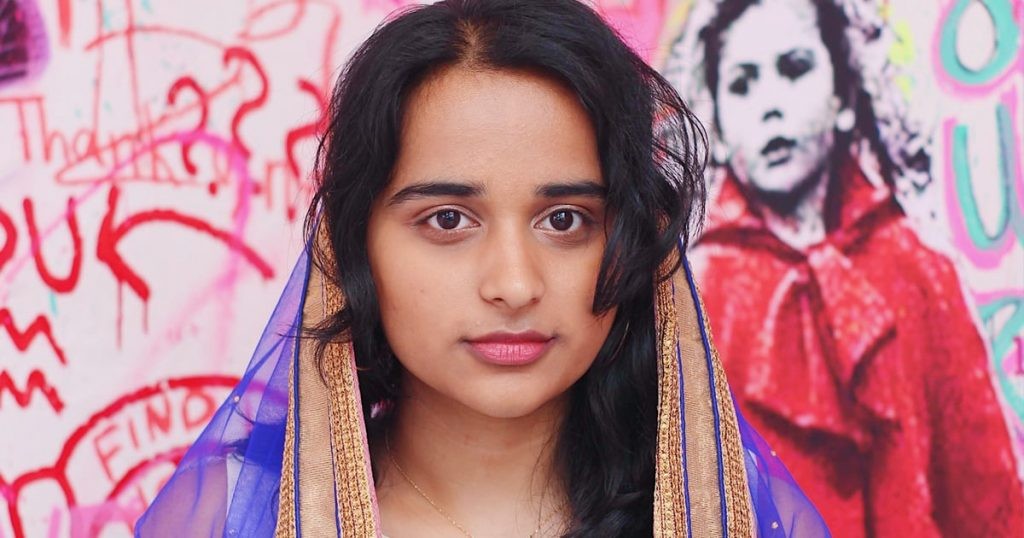
Nineteen-year-old social justice activist Pranjal Jain grew up as an undocumented immigrant and Indian American.
Feeling the lack of representation of her community in the country, she founded Global Girlhood to revolutionize representation. The purpose of her organization is to inspire and connect young women around the world through storytelling.
Pranjal considers social media a powerful tool that helps build an online community where members can freely discuss topics such as mental health, anti-racism, womxn’s rights, self-empowerment, and more.
She is dedicated to creating constructive changes in the social system and belief. Since 12-years-old, she has been holding workshops, rallies, and events as a peer educator who actively fights for social justice and equality.
.png)
“I hope the stories Global Girlhood shares, ignites a revolution where womxn globally celebrate and spark each other’s power.”
5. Sasha Gordon explores new creative territory
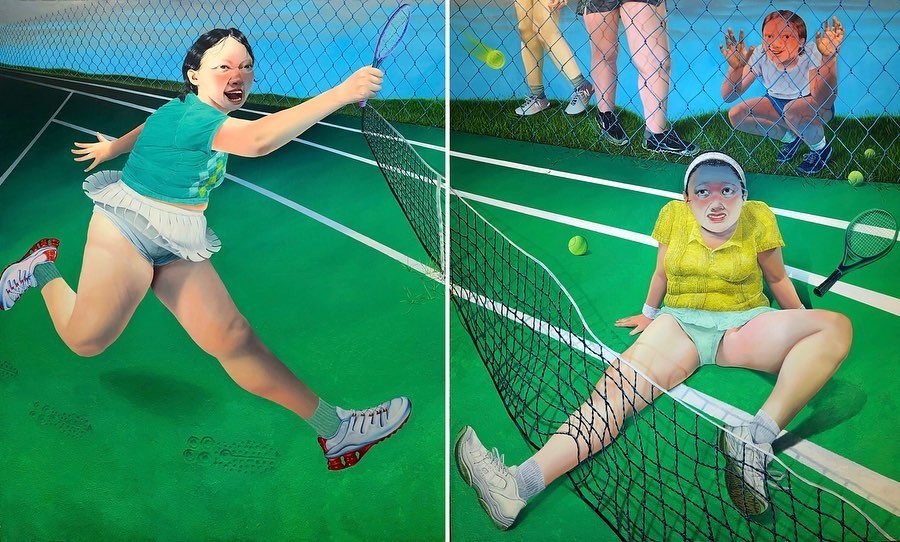
New York-born Sasha Gordon is an emerging American figurative painter. Gordon’s paintings are very personal, for they are reflections of her anxiety, depression, and sexuality.
The idea of being watched is deeply incorporated in Gordon’s work. In her 2021 painting Muse III, for example, she explores the idea of the viewer’s gaze and the exoticization of the Asian female body.
.png)
The depiction of classic white American culture in her paintings is also frequently used to contrast with her characters that are made of the same ethnicity, sexuality, or body size. However, within this conformity and uniformity, controversy, conflict, and tension arise.
In her way, she indicates the complexity of race and culture in the U.S. Regulating different races and cultures within one standard and expectation, therefore, is not going to fix the fundamental problem.
We're rooting for Asian American activists...
Everything happens for a reason. We must trace back to the root.
The education system holds responsibility for molding biased impressions of minority cultures in our society. The toxicity of wrong information in the classroom can also lead to people’s hatred toward and rejection of their own communities.
At present time, however, young Asian Americans have not wavered in threats and challenges. They stand strong and have grown to be proud of their heritage. This is exactly what we need for the Asian community at the moment; We need to start with making small changes within the community and we start when we are young.
This article was written by Padma Yang of KultureHub.com
